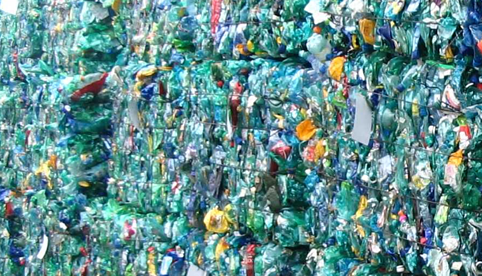The plastic injection molding industry, just like any other industry, is facing unprecedented environmental challenges. However, the industry has been making significant strides in recent years towards a more sustainable and energy-efficient future. In this blog post, we’ll explore the importance of energy efficiency and sustainability in plastic injection molding and the innovative solutions that are shaping a greener tomorrow.
The Energy Conundrum in Plastic Injection Molding
Plastic injection molding is a highly energy-intensive process. It involves the heating of plastics to their melting point, followed by injection into molds, cooling, and ejection of finished products. These steps require a substantial amount of energy, primarily in the form of electricity and heat.
Given the energy demand, it’s no surprise that the industry has a significant environmental footprint. However, with growing concerns about climate change and resource depletion, plastic injection molding companies are increasingly motivated to minimize their energy consumption and embrace sustainable practices.
Energy-Efficient Machinery and Processes
One of the most notable advancements in recent years has been the development of energy-efficient injection molding machines. Manufacturers have been investing in cutting-edge technology to reduce energy consumption without compromising on performance.
These machines incorporate features like variable frequency drives (VFDs), which adjust the speed and power usage based on the specific requirements of the molding process. Additionally, improved insulation, advanced heating technologies, and efficient cooling systems all contribute to energy savings.
Lightweighting and Material Efficiency
Beyond machinery, the industry is also addressing energy efficiency through material choices. Lightweighting, or the use of materials that are lighter and require less energy to transport, is a growing trend. By using advanced materials and optimizing part designs, manufacturers can reduce both material and energy consumption during production.
Furthermore, plastic injection molding allows for minimal material waste. Excess plastic from one production run can often be recycled and reused in subsequent runs. This reduces the need for new raw materials, conserving resources and reducing energy consumption associated with material production.
Recycling and Closed-Loop Systems
Recycling is a cornerstone of sustainability in the plastic industry, including injection molding. Many companies are adopting closed-loop recycling systems within their facilities. These systems capture scrap and waste materials, process them, and reintroduce them into the production cycle. This not only reduces waste but also conserves energy compared to producing new materials.
Lean Manufacturing and Process Optimization
Lean manufacturing principles are being embraced by plastic injection molding companies to reduce energy consumption and improve overall efficiency. By eliminating waste and optimizing processes, companies can reduce production time and energy requirements.
Real-time monitoring and data analysis are playing a vital role in process optimization. Manufacturers use sensors and software to track machine performance and identify areas for improvement. This data-driven approach allows for precise adjustments to minimize energy usage and maintain high product quality.
Renewable Energy Adoption
Another significant shift in the industry is the adoption of renewable energy sources. Many injection molding facilities are transitioning to renewable electricity sources, such as wind or solar power, to reduce their carbon footprint. By generating clean energy on-site or purchasing it from renewable providers, companies can significantly cut their greenhouse gas emissions associated with electricity usage.
Green Materials and Bioplastics
In addition to energy efficiency, the industry is exploring environmentally friendly materials. Bioplastics, made from renewable resources like cornstarch or sugarcane, are gaining popularity. These materials are biodegradable and have a lower carbon footprint compared to traditional plastics derived from fossil fuels.
Compliance with Regulations and Standards
Stringent environmental regulations and sustainability standards are becoming more prevalent. Plastic injection molding companies are increasingly aligning their operations with these regulations, which include limits on emissions, energy consumption, and waste generation. Compliance not only ensures environmental responsibility but also enhances the reputation of these companies.
A Greener Horizon
The plastic injection molding industry has made significant strides towards energy efficiency and sustainability, acknowledging its role in addressing environmental challenges. Through energy-efficient machinery, material optimization, recycling, process optimization, renewable energy adoption, and the use of green materials, the industry is making a positive impact on the environment.
The road to sustainability in plastic injection molding is ongoing, with continuous improvements and innovations. As consumers and businesses increasingly prioritize sustainability, the industry’s commitment to reducing its environmental footprint is shaping a greener and more responsible future. By combining technological advancements with eco-conscious practices, plastic injection molding is paving the way for a sustainable and energy-efficient tomorrow.
